
Guaranteed Fit
We’ll adjust and fine-tune the boots you purchase from us for free, as many times as needed, for as long as you own them.
Our Boot Fitting Process
Southern Ski ensures your boots fit perfectly through our expert fitting stages.

Step One: Assessment
We begin by evaluating the shape, size, and bone structure of your feet to tailor the boot fitting precisely to your needs.
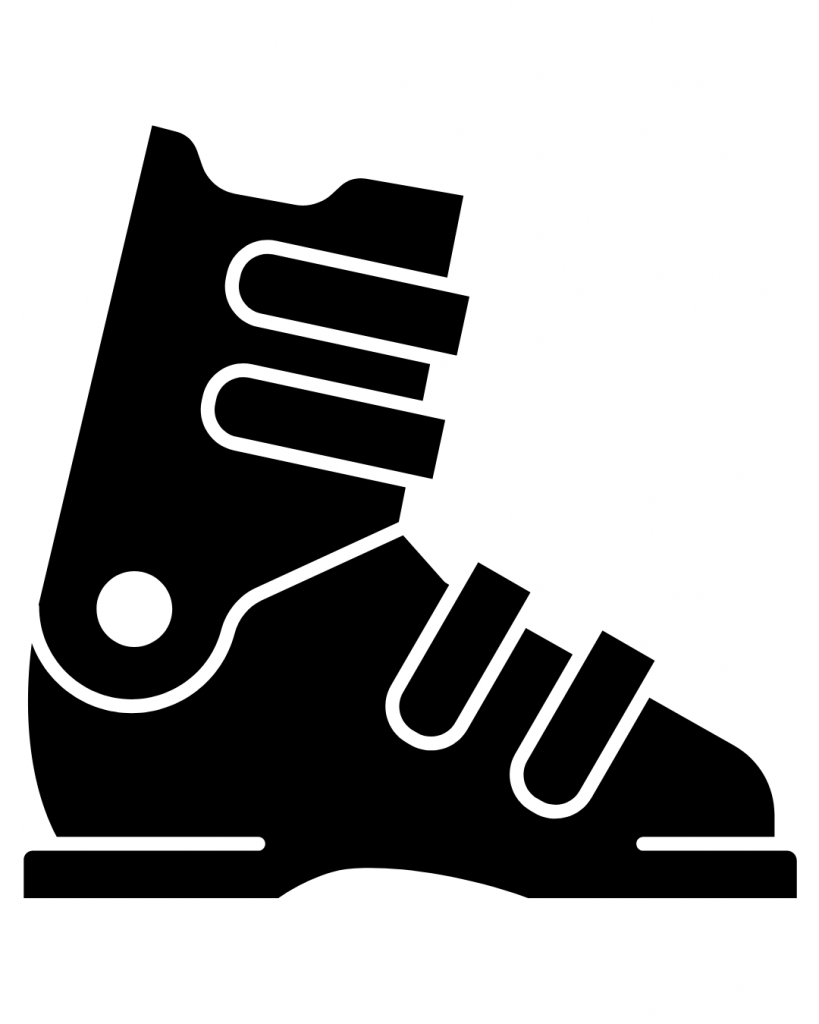
Step Two: Custom Fitting
We personalize every boot using advanced techniques — including heat molding with our compression stand — to create a precise, custom fit. This ensures your boots feel secure, responsive, and comfortable from your first run to your last.
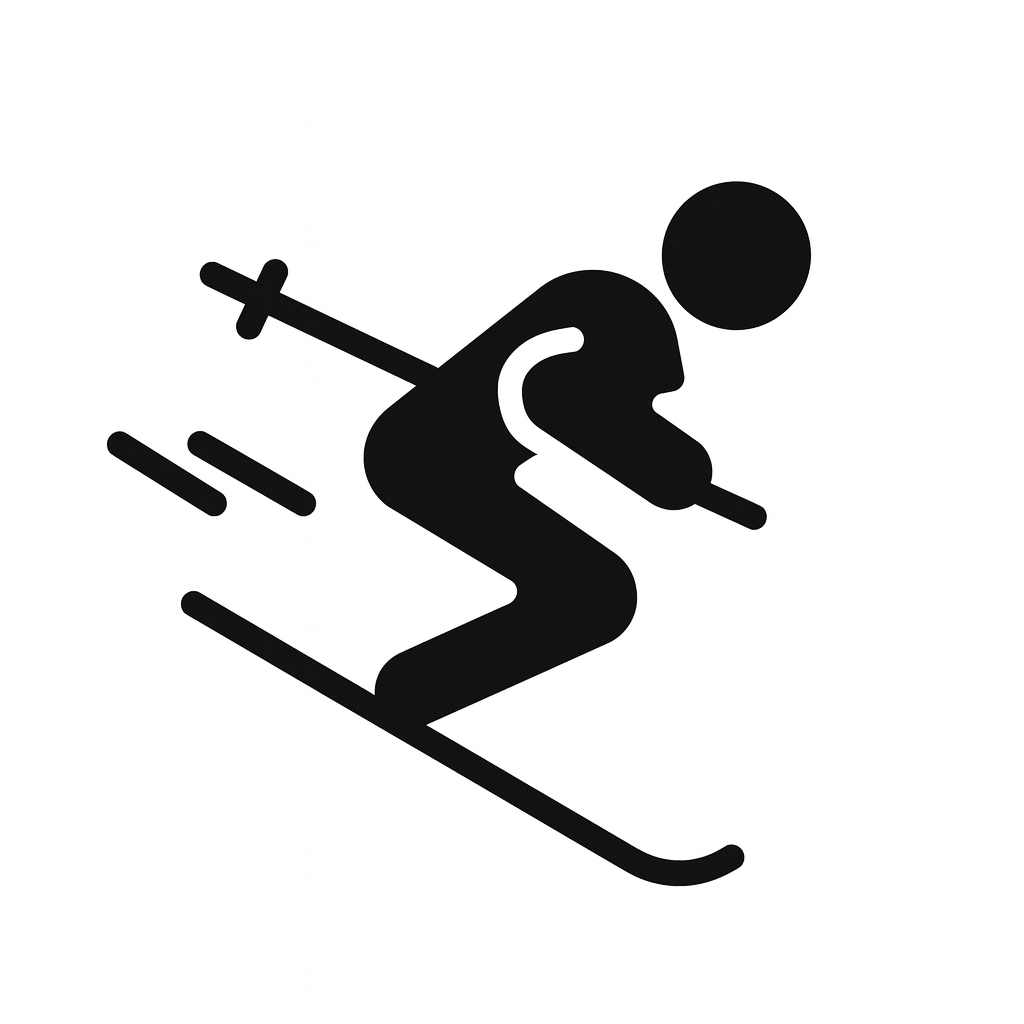
Step Three: Breaking the Liners in
You hit the slopes and ski until the liner breaks in. This may be uncomfortable for some people at first but it’s the best way to shape the liner to your foot.
Step Four: Adjustments
Once your liners are broken in, your boots should feel and ski great!
If you still notice any pressure points or discomfort, we’ll keep stretching, molding, and shaping them until they fit perfectly and perform their best.
Common Boot Fit Problems We Correct
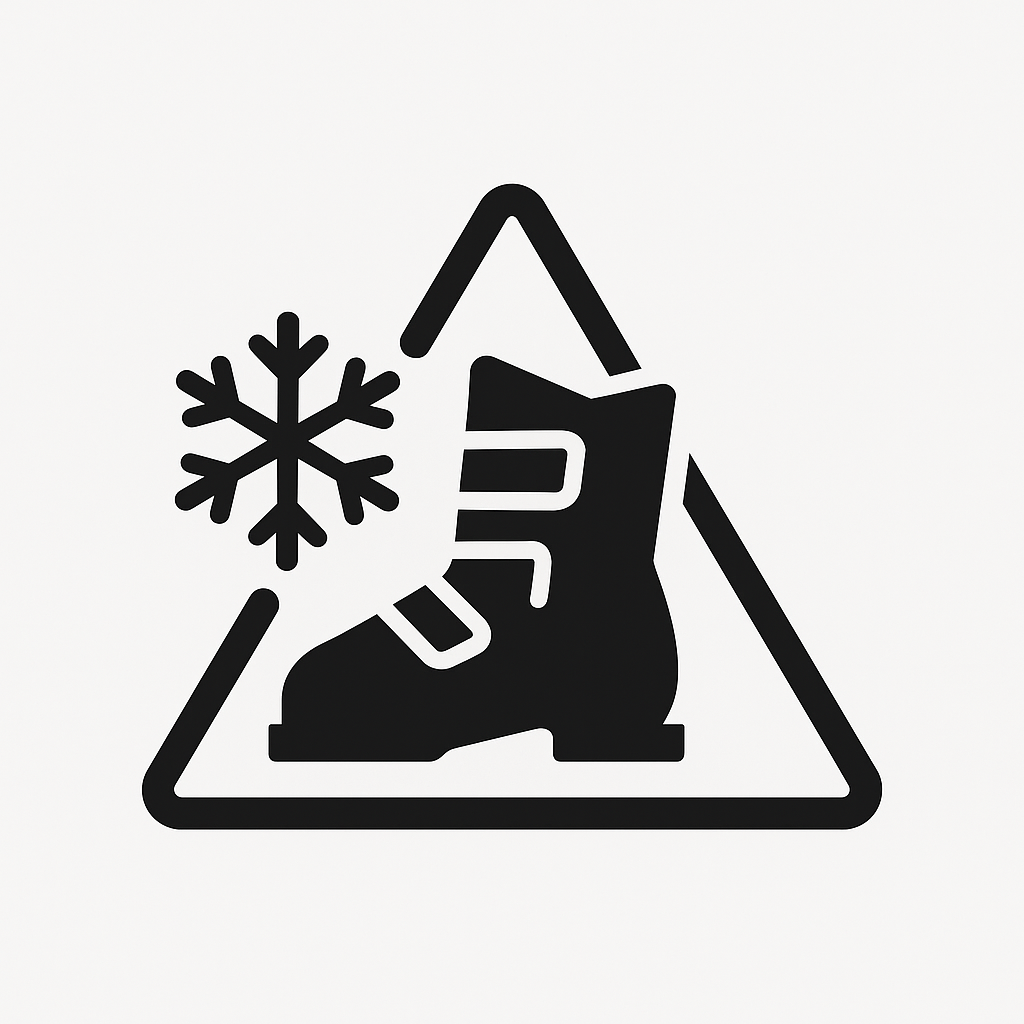
Cold feet
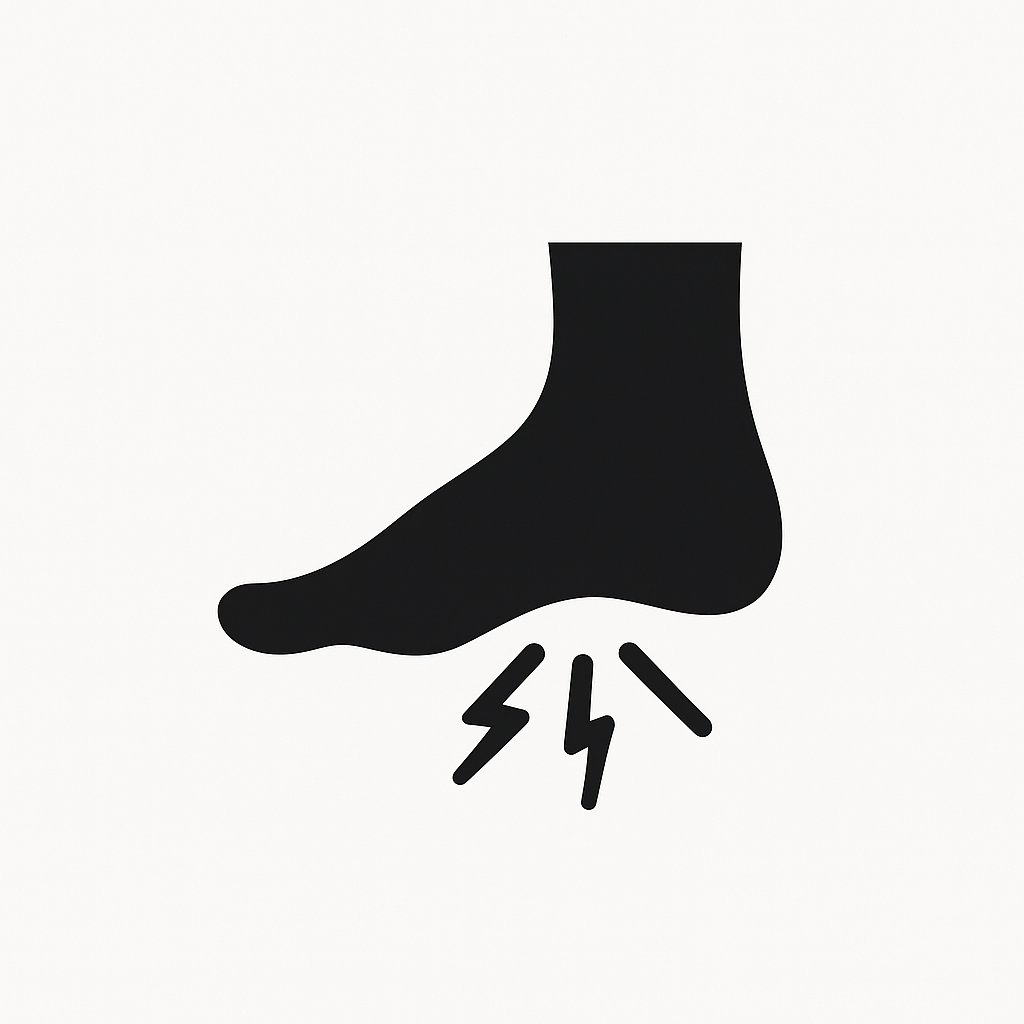
Arch pain and cramping

Forefoot numbness
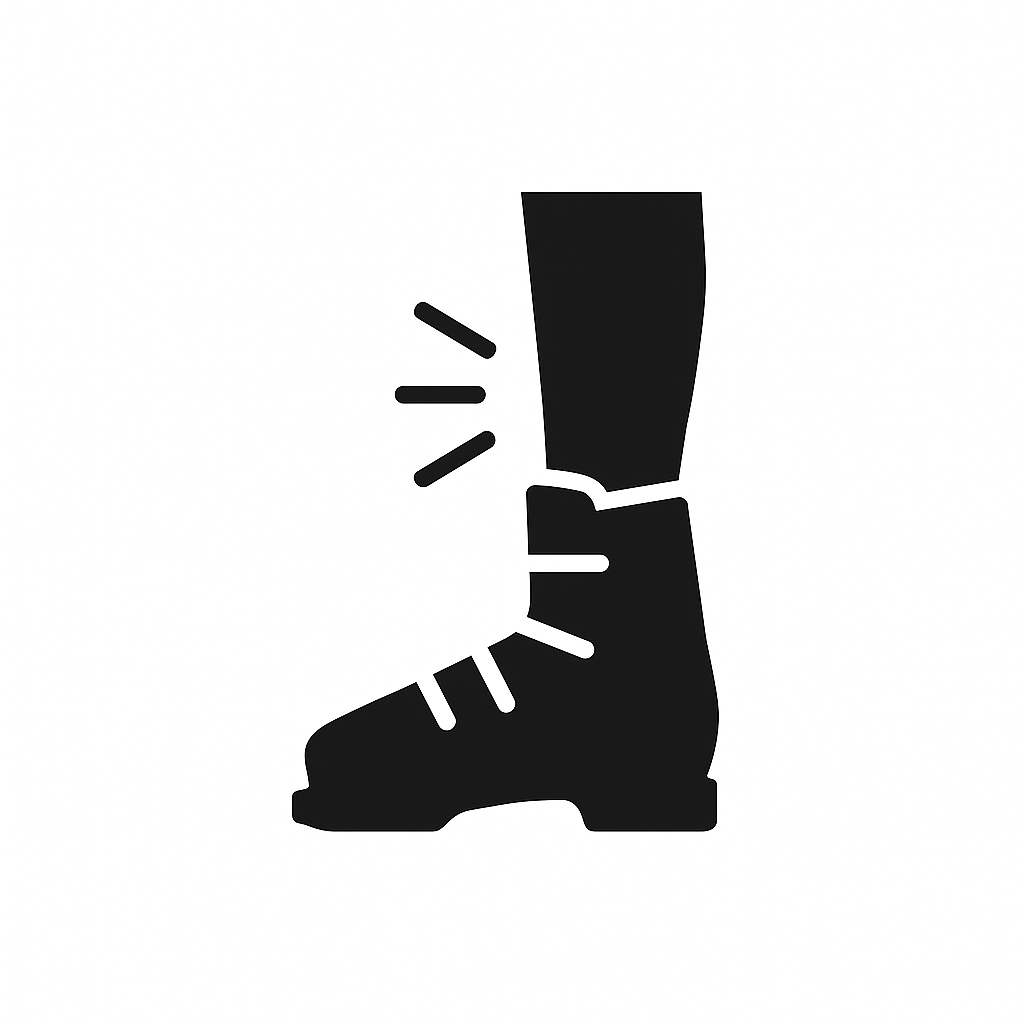
Shin pressure and pain (Shin Bang)

Ankle pressure or tenderness
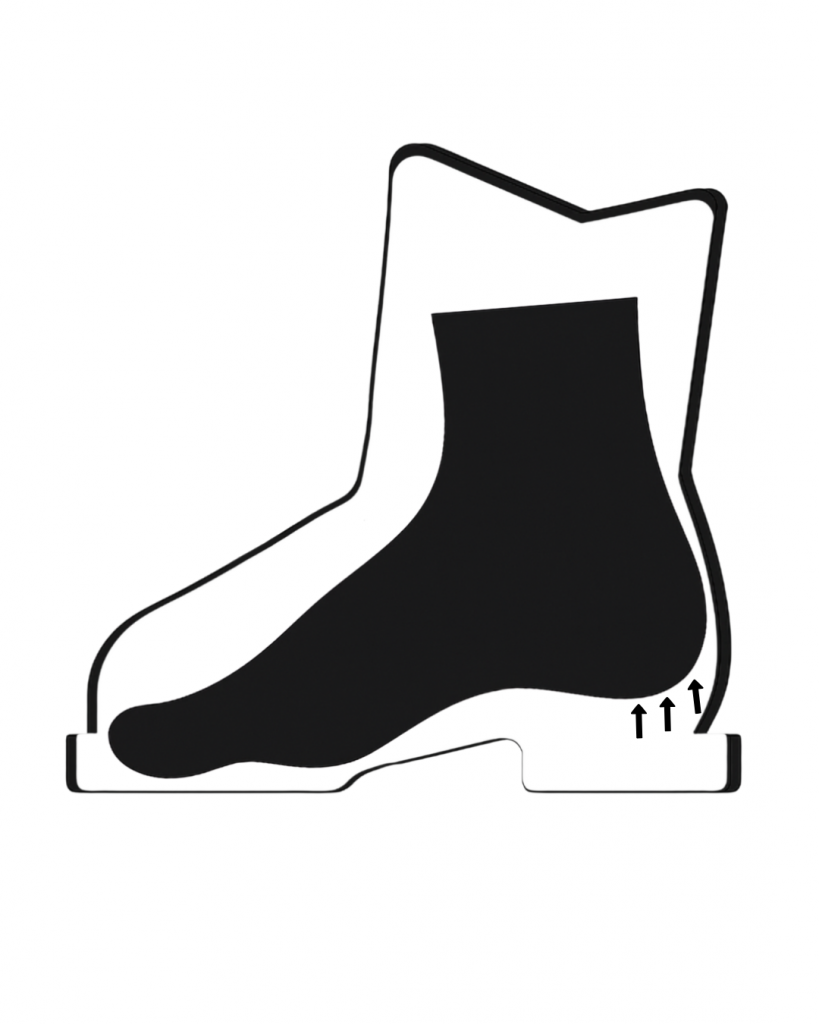
Heel slop

Poor edge control
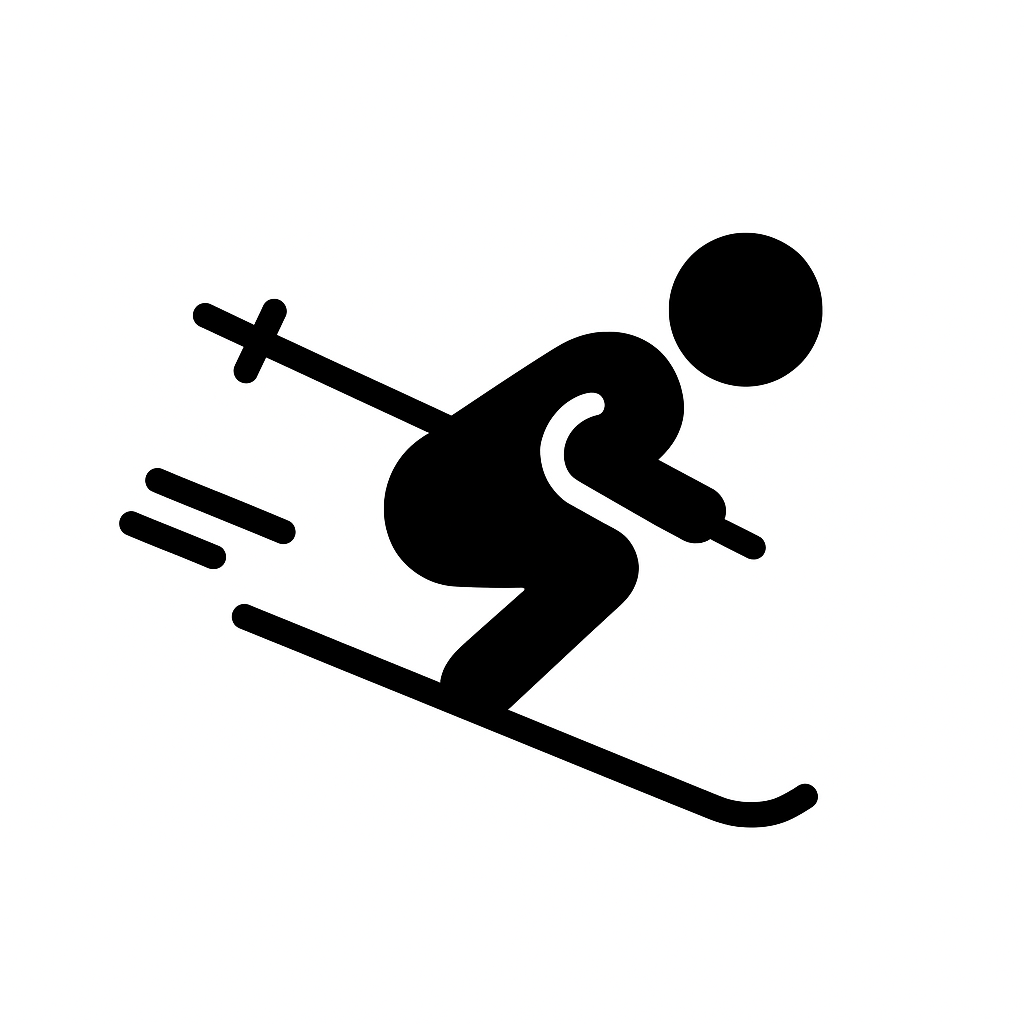
Backseat Skiing
Choosing the Right Boot
Before any fine-tuning or customization begins, selecting the proper shell size and flex is the foundation of every great fit. A ski boot that’s too big, too soft, or incorrectly shaped for your foot and ability level will limit your control, responsiveness, and overall comfort—no matter how many adjustments are made later on.
Your boot’s flex number plays a major role in how well you control your skis.
- Adult males should not go below a flex 100.
- Adult females should not go below a flex 90.
These numbers aren’t arbitrary—they directly affect the amount of power you can transfer into your skis. The stiffer the boot, the more efficiently your movements translate into edge control, carving precision, and speed stability.
A boot that’s too soft will collapse under pressure, throwing off your balance and forcing you into the “back seat” position. A boot that’s too stiff for your weight or skill level can make skiing feel harsh and unforgiving.
Our fitting process ensures you start with the right foundation: a properly sized shell that matches your anatomy, skiing style, and goals. Once that’s achieved, every following adjustment—from stance alignment to liner shaping—works in harmony to enhance both performance and comfort.
Control and Performance
A proper boot fit directly determines how precisely you can control your skis. When your boots fit correctly, every movement you make transfers efficiently into the ski, giving you more stability, faster response, and better balance on any terrain.
A boot that’s even slightly too big will cause your foot to move around inside, delaying reaction time and forcing you to overcompensate with your legs and hips. This leads to fatigue, poor edge control, and reduced confidence at speed. A boot that’s too soft will feel comfortable at first but won’t hold your form when you start pushing harder—especially on steeper slopes or firmer snow.
Balance in Skiing (The Sweet Spot)
Once alignment is dialed in, the next focus is fore/aft balance—the relationship between your body position and the boot’s cuff angle. This determines whether you’re centered over your skis or being pushed too far forward or back.
Skiers with larger calf muscles or longer tibias often find themselves naturally sitting in the “back seat,” unable to flex forward comfortably. In these cases, a rearward-stretched cuff can help restore balance and bring the skier’s center of mass forward over the boots.
Conversely, skiers with smaller calves may feel too far forward. Adding spoilers or shims behind the liner can help maintain a more upright torso position and prevent over-flexing.
When fore/aft balance is correct, you can flex and extend through the ankles smoothly—without tipping forward or falling back. You’ll feel connected, centered, and able to absorb terrain with less effort.
As boot-fitting expert Bob Barnes notes, true balance allows a skier to stay relaxed, fluid, and responsive—always moving from the center rather than fighting to recover from it.
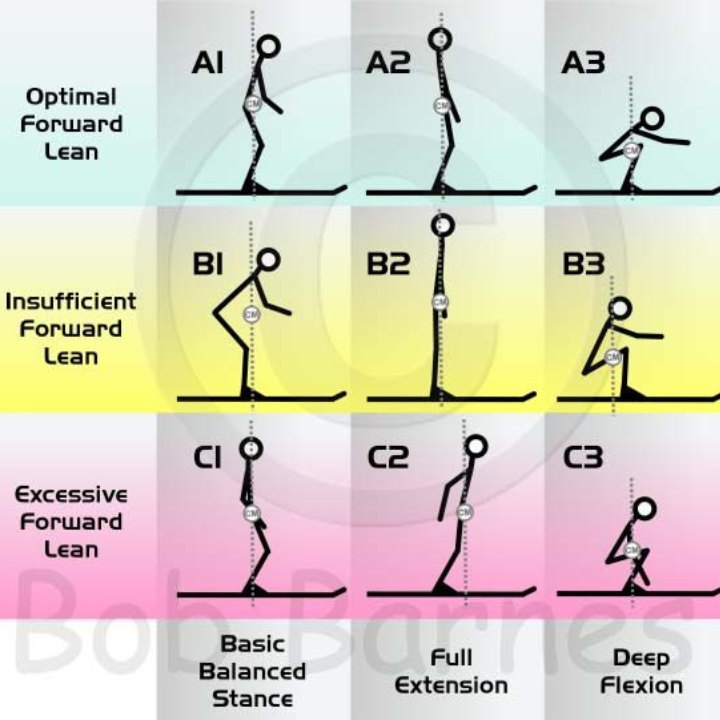
Custom Footbeds
For skiers seeking the best possible balance and precision, custom footbeds are the most effective single upgrade you can make.
At $180, they’re a worthwhile investment that improves circulation, reduces foot fatigue, and increases control and comfort through proper alignment.
Custom footbeds support the natural contours of your feet, ensuring that both feet are evenly balanced and properly weighted throughout each turn. The result is a smoother, more stable ride—less shifting inside the boot, less muscle strain, and noticeably more confidence on edge.
Balanced, Grounded, Centered.
These three terms summarize what every great fit achieves:
- Balanced – Your body weight is evenly distributed, allowing efficient movement with minimal effort.
- Grounded – You feel connected to the snow through a stable base of support.
- Centered – You maintain proper alignment between hips, knees, and ankles, keeping power and control consistent through every turn.
When these elements come together, skiing becomes easier, smoother, and far more enjoyable. You’ll notice more control on icy terrain, more fluid transitions in turns, and greater endurance throughout the day.
Stance and Alignment
Once the correct shell and flex are established, we fine-tune your stance and alignment to match your individual biomechanics. Every skier’s leg shape, ankle flexibility, and natural stance are different, so even a correctly sized boot can ski poorly if alignment is off.
Our process evaluates cuff alignment, sole canting, ramp angle, and forward lean to ensure your body stays in a neutral, powerful position over the skis.
When properly aligned, your skis track flat when you’re standing relaxed—meaning you aren’t unintentionally edging or fighting the snow with every turn.
We adjust:
- Cuff alignment to match the natural angle of your lower legs.
- Sole canting to correct any bow-legged or knock-kneed stance tendencies.
- Ramp angle to balance how far forward or upright you stand in the boot.
- Forward lean to position your hips and knees in their strongest, most stable alignment.
The goal is a centered, balanced, and grounded stance—one that allows your skis to carve naturally and respond instantly to your movements. Proper alignment enhances both performance and comfort, reduces fatigue, and minimizes the risk of knee and hip strain.
Binding Setup
A precise boot fit isn’t complete without properly adjusted bindings. Even the best-fitting boots can’t perform safely if the connection between boot and ski isn’t dialed in.
Our technicians verify DIN settings, forward pressure, and toe height to ensure your bindings release correctly and safely according to your weight, skier type, and ability level. A small adjustment can make a major difference in both performance and safety—too loose, and your skis may eject unexpectedly; too tight, and they may not release when needed.
Binding calibration is not included in our “lifetime fit” guarantee, but it’s an essential step in completing your setup. Each adjustment is performed with precision tools and testing equipment to confirm that your release values meet manufacturer and industry standards.
The result: a secure, predictable connection that maximizes control, improves power transfer, and gives you confidence in every turn.
Key Concepts for a Perfect Fit
Every properly fit ski boot shares three essential characteristics—Balanced, Grounded, and Centered. These concepts guide every adjustment we make during the fitting process and define how your body connects to the skis.
- Balanced – Your weight is evenly distributed through your feet, allowing smooth, efficient movement with less muscle fatigue.
- Grounded – You feel stable and connected to the snow, maintaining consistent contact and feedback from your skis.
- Centered – Your hips, knees, and ankles align naturally over your feet, keeping your power directly over the center of the ski for maximum control.
A boot that achieves all three will feel effortless and responsive—letting you ski longer, stronger, and with more confidence in every condition.
Begin Your Journey to Perfect Ski Boots Today
Discover how our expert boot fitting guarantees unmatched comfort and performance on the slopes.
- Custom Precision Fitting
- Lifetime Adjustment Guarantee
- Expert Guidance by Mike Tambling (35+ years of Boot Fitting experience)
- Comprehensive Foot Analysis
- Enhanced Skiing Performance

